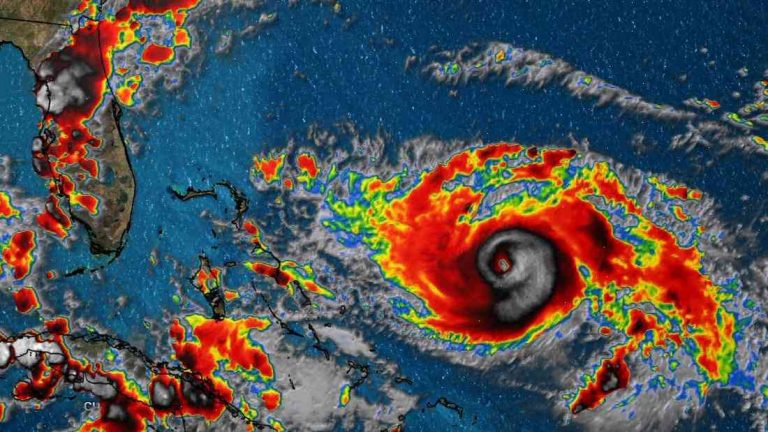– Advertisement –
The Atlantic hurricane season, officially running from June 1 through November 30, has historically given the U.S. an average of 12 tropical storms, including 6 hurricanes, 3 of which become major hurricanes, making them Category 3 or higher.
However, this year, forecasters predict the season will be just the opposite.
The National Oceanic and Atmospheric Administration (NOAA) released its preliminary outlook for the upcoming hurricane season, stating, “Conditions are set for below-normal hurricane activity in the Atlantic Basin this year.”
The Atlantic hurricane season has seen the majority of its storms this year being the remnants of the remnants of Subtropical Storm Alberto and Subtropical Storm Don.
Precipitation, wind speeds and wind patterns have been the most dominating factors influencing hurricane activity as of late.
The USDA has increased its forecast for moisture in the southern United States due to the hurricane season, warning in a drought watch that there is a 70 percent chance for a widespread, multi-day period of moderate to major flooding in the coming weeks.
Forecasters expect 15 named storms (six hurricanes) and six of them (three hurricanes) to reach major hurricane status.
Here are five things you need to know about what to expect in the upcoming hurricane season:
1. By International Studies
The annual hurricane season starts off with the summer season of June 1-November 30. The season also ends on November 30 with the annual hurricane season.
During the full season of June 1-November 30, the average amount of tropical storms and hurricanes are approximately 12 tropical storms, six hurricanes and three major hurricanes. There have been 2,579 named storms during the same period.
During this year’s summer season, there has been 11 tropical storms, which has been the lowest number in a calendar year since 2012.
No hurricanes have hit the US this year, but the US did take a hit earlier in the season when Subtropical Storm Alberto formed and caused some flooding rains across the Southwest.
This year’s tropical storms and hurricanes have forced forecasters to slash their annual forecast from 10-15 named storms, as well as six-10 hurricanes, down to only 3-6 hurricanes, according to NOAA.
2. Size and Shape
The hurricane season begins when any of the masses of warm Atlantic ocean water are able to drive a trade flow in the wind. Right now, there is a very strong trade flow from dry waters south of the equator to moist tropical air in the Gulf of Mexico. This mean that the dry air is lifted northwards, causing very strong winds aloft, which in turn, cause a drought in the tropical Atlantic, resulting in a lower number of hurricanes and tropical storms.
Storms move inland into the subtropical Atlantic, where warm, moist air is more favorable. A cycle such as this is called a development – a system is like an iron lung. The air has to move over the system for a period of time to prevent the hurricane from developing.
3. In the Gulf of Mexico
The subtropical region (in the southern Gulf of Mexico) is where the most rapid development occurs, as opposed to the subtropical region where tropical storms develop slowly and steadily.
At present, the tropical area associated with Subtropical Storm Don and Subtropical Storm Alberto is just pushing off into the Atlantic Ocean to the west of the central and northern Leeward Islands, Haiti, and the Dominican Republic. This region is nearly 500 miles long, producing hurricane size and scale of rotational forces.
4. Stockpiling Nutrients
Nutrients in agriculture play a major role in plant growth. Specifically, nitrogen, phosphorus and potassium are all necessary in this process. Hurricanes, however, are making it difficult for these nutrients to find their way into the soil.
Nontraditional farming methods like reduced tillage, vineyards, or manure and oil application where applied in the past, may only delay storm nourishment, limiting its impact on crop growth.
5. Crashing Waves
Storms in the Western Caribbean caused rains to plummet in the region and caused massive waves, which will cause road closures and damage crops in many countries, including Mexico. As a result, crops in the region have been in danger of being wiped out, providing an opportunity for the country to make record harvests.
New research has shown an improvement in forecasts in less than one week and recently, a computer model is being developed that could predict catastrophic floods more accurately than ever before.
